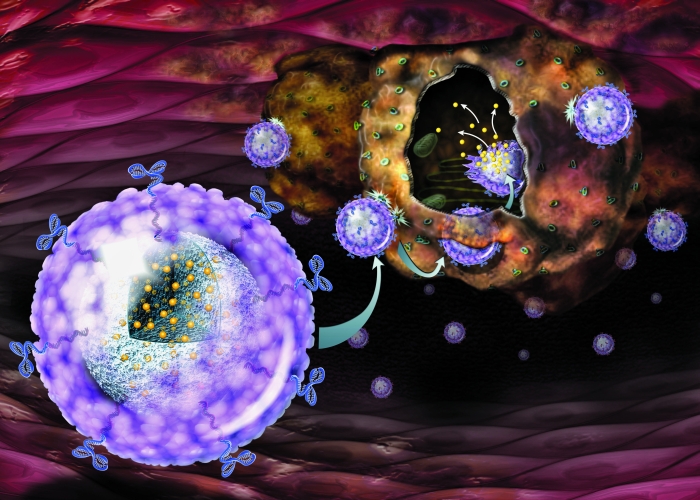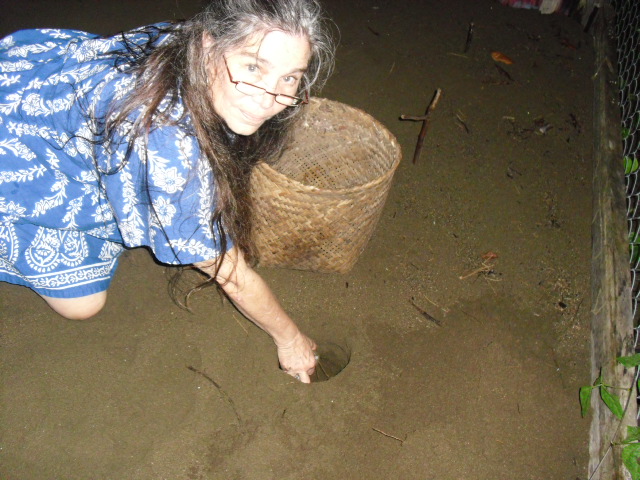Coral Castle: Flintstones Style Architecture In Modern Times
CORAL CASTLE: FLINTSTONES STYLE ARCHITECTURE IN MODERN TIMES This is not your usual castle. In fact, there is absolutely nothing usual at all about this little known architectural wonder. The tale of Coral Castle is filled with romance and unrequited … Continue reading
Roselle: aka Florida Cranberry
ROSELLE: aka Florida Cranberry

If you are a Florida gardener who appreciates a multi-tasking type of flowering plant that provides edibles along with beauty, roselle is a must for your landscape and your kitchen.
Aside from its landscaping value, after enjoying the flowers, the red calyces can be harvested to make a bright red tea or turned into jelly or jam. But, many parts of the plant are edible, and nutritional. The plump calyces are loaded with vitamin C. The seeds can be roasted and ground to make a coffee-like drink. And, the leaves are sometimes chopped into salads or cooked as a green vegetable. Some of the parts are even used medicinally in some areas of the world.
Roselle (Hibiscus sabdariffa) displays itself with lovely hibiscus shaped flowers of yellow with a red center. The bush will get to be 5-8′ tall with red and green stems and will be ready to bloom after about 4-5 months from sprouting. It is NOT cold hardy, so collecting seeds for next year is a good idea.
The plants can be propagated by seed or by cuttings. Planting outdoors in April or May will yield an autumn crop of calyces. They should be picked when plump and soft, a few days to a week after the blossom dies. The calyces can be dehydrated or frozen to store for future use.
Roselle is known around the world for its uses and in Mexico it is sold in large bags as Flor de Jamaica, even though it is the calyx, not the flower, that is dried for consumption.
The uses of roselle’s bright red calyces are endless. What kid wouldn’t be drawn to a summer’s quenching of a bright red, iced “cool ade?” Add a little seltzer for sparkle or freeze some as popsicles. Just imagine the calming effect of a cup of hot roselle tea before bed. And then, roselle jam on toast at breakfast. Do you need pink frosting for that birthday cake? And don’t forget, roselle is known as Florida’s cranberry, so try some with your 2021 Thanksgiving feast. You could even top it off with roselle wine.
by Carol Mosley
Originally published in The Bradford Telegraph on March 18th, 2021
CAN INANIMATE OBJECTS SELF-ORGANIZE INTO “LIVING” COLONIES? THE ANSWER MAY BE “CRYSTAL” CLEAR

Spontaneous self-organization of colonies of living organisms is a fascinating and baffling concept. Think about flocks of birds that shift direction in a simultaneous dance, or schools of fish that split and regroup as if thinking with one “group mind.” Even lowly bacteria have a “quorum sensing” mechanism. But could it be possible for inanimate objects to colonize in response to external factors?
Nanoparticles don’t follow the same laws as particles in the everyday world. A major challenge in nanotechnology is getting particles that are “a thousand times smaller than a grain of sand” to behave according to some standard organizing principles. A team from University of Michigan set out to find a simplified procedure of coaxing particles to self-assemble. They created a computer simulation to test various methods of stimulation. What their simulation showed is that stimulating the nanoparticles to spin caused them to self-assemble into specific groups.
This builds on recent understanding that providing a motion-stimulating energy to particles causes them to influence each other into forming groups. And a team from NYU recently showed that crystal groups responded to violet-blue light with “self-propulsion.” If this had been a matter of simple attraction, the particles would have amassed, but the crystalline groups continued to move around and collide and reform into new colonies. Once the “colony” grew to about 35 particles, the edge particles would break away to organize another crystal group. When the light was turned off, the crystals fell apart within 10 seconds and the particles resumed their state of random Brownian motion. This ability to switch the self-organization of particles on and off on demand can have implications for “smart” materials that can even be reversed and reconfigured under light stimulation.
Continue readingDID YOU KNOW YOU CAN ATTRACT HUMMINGBIRDS WITHOUT THE RED DYE?
This gallery contains 1 photo.
by Carol Mosley 2016 While it’s true that hummingbirds are attracted to red flowers, most feeders are red in color or have little fake flowers that do the trick. These splendid little iridescent aviators are easy to attract with the … Continue reading
HELIUM: IT’S A GAS AT A PARTY, BUT DOES IT GET DUE RESPECT?
by Carol Mosley for Industry Tap 2015
Helium: It’s a Gas at a Party, But Does It Get Due Respect?

What a gas! Thanks to helium, floating mylar balloons announce an event, deliver birthday wishes, even send a message for a speedy recovery. And what about those giant characters in Macy’s parade? A huff of the gas will give the giggles and a squeaky voice. Beyond that frivolity, most of us don’t give helium much thought at all.
But the “noble” gas helium can do so much more and is so much more valuable than valued.
It has critical applications in a number of industries: medical, science, defense, aerospace, and manufacturing. It is a major component in cryogenics because it is the coldest liquid when in that form. It is used to cool superconductive magnets such as those used in MRI scanners, and even the particle accelerators at Fermi Labs and the Large Hadron Collider at Cern, Switzerland. NASA uses helium for its rockets and manufacturing needs include the production of liquid crystal displays (LCDs) and optical fibers. Its stable nature and “super-cooling” capacity make it a useful element for a multitude of purposes.
Helium is a nonrenewable resource that is becoming ever more necessary as we move into new technologies. Currently, the U.S. accounts for about half of the worldwide consumption with a quarter of that used just for MRIs. Many industries are experiencing shortages already and some scientists predict a depletion of our reserves within half a century. So shouldn’t we show greater concern?
Actually, positioned as the number two element on the Periodic Table, it is also the second most abundant material in the universe. But the amount of helium in Earth’s atmosphere is miniscule. Unaffected by gravity, the atmospheric helium is on a constant beeline into space and is replaced by radioactive decay escaped from the earth’s crust. Collecting the gas on its way out of our atmosphere is not at all practical, so supplies come primarily from natural gas deposits in a handful of U.S. states and a handful of other countries.
Continue readingThe Sea Turtles of Darien
SEA TURTLES OF DARIEN, PANAMA
 Jaque, Darien, Panama is home to five species of sea turtles. Since the eggs are eaten by both people and animals, the only way to save them is to rebury them in a protected area so as to return the hatchlings to the Pacific Ocean. Bridges Across Borders raises funds to buy the collected eggs from local helpers who re-bury them in a protected area until their release to the sea. And a local food source can be replaced with chicken eggs instead of turtle eggs. http://www.bridgesacrossborders.org
Jaque, Darien, Panama is home to five species of sea turtles. Since the eggs are eaten by both people and animals, the only way to save them is to rebury them in a protected area so as to return the hatchlings to the Pacific Ocean. Bridges Across Borders raises funds to buy the collected eggs from local helpers who re-bury them in a protected area until their release to the sea. And a local food source can be replaced with chicken eggs instead of turtle eggs. http://www.bridgesacrossborders.org








